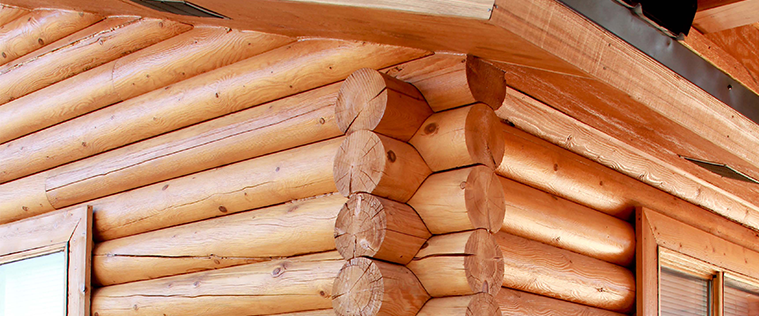
Patch Perfect Expert Solutions for Home Asphalt Repair

Expert Tips for Home Asphalt Repair
Introduction
Maintaining your home’s exterior isn’t just about the aesthetics; it’s about ensuring the longevity and safety of your property. One critical aspect often overlooked is the state of your asphalt driveway. Over time, wear and tear can lead to cracks, potholes, and an overall worn appearance. But fear not! With the right expertise and tools, you can tackle home asphalt repair like a pro.
Assessment and Preparation
Before diving into repairs, it’s crucial to assess the extent of the damage. Take a thorough look at your driveway, noting any cracks, potholes, or areas of unevenness. This assessment will guide your repair strategy.
Once you’ve identified the problem areas, preparation is key. Clean the surface of your driveway thoroughly, removing any debris, dirt, or loose asphalt. This ensures better adhesion for the repair materials and a smoother finish.
Choosing the Right Materials
Selecting the appropriate materials for your home asphalt repair is paramount to its success. For smaller cracks, opt for a quality asphalt crack filler. These come in various forms, including liquid sealants or pre-formed filler strips. For larger crevices or potholes, consider an asphalt patching compound. These are designed to fill deeper voids and provide a more durable repair.
When purchasing materials, always prioritize quality over price. Investing in premium products may cost a bit more upfront but will save you time and money in the long run by ensuring lasting repairs.
Application Techniques
Proper application techniques are essential for achieving professional results with your home asphalt repair. When filling cracks, ensure the filler material is level with the surrounding asphalt to prevent water infiltration and further damage.
For patching larger areas, follow the manufacturer’s instructions carefully. Typically, this involves cleaning the area, applying a bonding agent if necessary, filling the void with patching compound, and compacting it with a tamper or hand tool.
Sealing and Maintenance
Once repairs are complete, consider sealing your driveway to protect it from future damage. Asphalt sealers act as a barrier against moisture, UV rays, and other environmental factors that can degrade the surface over time. Apply sealer according to the manufacturer’s instructions, typically every few years for optimal protection.
Regular maintenance is also key to preserving your asphalt driveway. Keep it clean by sweeping away debris and promptly addressing any new cracks or damage that may arise. With proper care, your repaired driveway can remain in top condition for years to come.
Conclusion
Maintaining your home’s asphalt driveway doesn’t have to be a daunting task. With the right expertise and approach, you can tackle repairs effectively and prolong the life of your pavement. By assessing the damage, choosing quality materials, employing proper application techniques, and implementing regular maintenance, you can keep your driveway looking pristine for years to come. So roll up your sleeves and get ready to patch perfect! Read more about home asphalt repair









